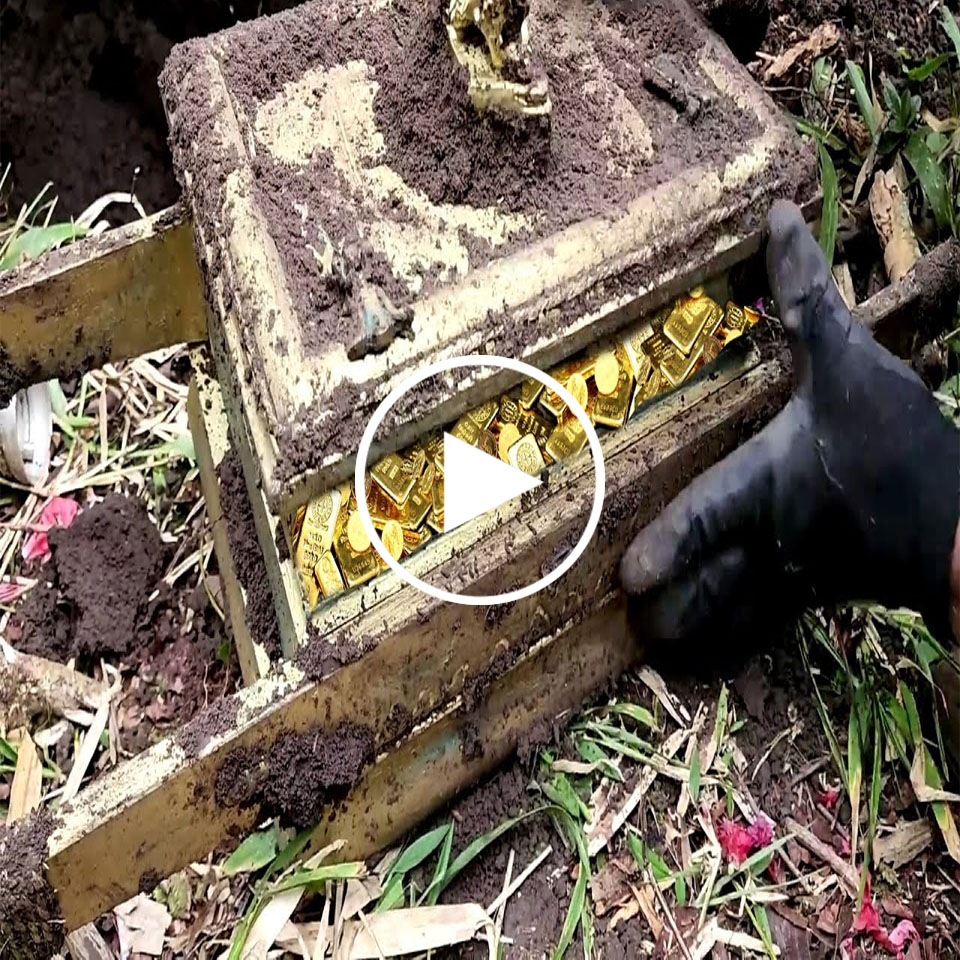Khirbet Midras (árabe) o Horvat Midras (hebreo) es uno de varios sitios de antigüedades ubicados dentro del Parque Nacional Adullam Grove, una Reserva Natural de Israel al sur de Beit Shemesh. Khirbet Midras data del siglo X a. C. al siglo IV d. C.
La excavación en el sitio ha descubierto una iglesia de la era bizantina, cuevas funerarias y túneles utilizados por los rebeldes durante la revuelta de Bar Kochba, una cueva columbario y una pirámide funeraria.

El sitio está en la ladera norte de un espolón. Uno de los asentamientos rurales más grandes de Judea durante el período del segundo templo, las ruinas abarcan un área de 250 dunams (25 hectáreas).
A pesar de que el sitio nunca ha sido excavado de manera extensa, un estudio de cavidades artificiales excavadas bajo tierra y excavaciones a pequeña escala reveló que el asentamiento romano temprano era más grande y más próspero que los sitios rurales cercanos.
The archaeological data supports the suggestion put forward by some scholars, that the site was re-founded by King Herod, whose family originated from the region of Idumaea.
The Khirbet Midras pyramid is thought to be the largest and best preserved of a handful of pyramid-topped mortuary complexes dating back to the Second Temple and Roman eras in Israel. The structure was first documented by former Israel Antiquities Authority director Levi Yitzhak Rahmani during a survey of the site in the 1950s.

A stepped pyramid structure dating to the Roman period at Khirbet Midras in the Judean Hills. Photo: David Behr and Rotem Shfaim, Agro Drone Judeans apparently started constructing pyramid-topped tombs during the end of the First Temple periods and through the Second Temple periods, despite the fact that their great Egyptian counterparts are bigger and better known. According to the first Maccabees book, Simon Maccabee built a memorial near Modiin that featured “seven pyramids facing one another for his father, his mother, and his four brothers,” all of whom died during the revolt against the Seleucid Greeks.
But don’t expect something that looks like Egypt’s Great Pyramid of Giza. “It’s a different kind of pyramid,” a stepped, more rugged, and significantly smaller, for starters.
Uncertainty surrounds the pyramid’s original height, but the base is approximately 10 meters (33 feet) square and is supported by five tiers of roughly cut limestone blocks. In a paper about the site, archaeologist Boaz Zissu of Bar Ilan University hypothesized that the monument may have stood 4.8 meters (16 feet) tall when it was finished. The pyramidal structure is currently about 3.5 meters (12 feet) tall.

Columbarium Cave. Archaeologists determined that the town was inhabited from the Late Persian or Hellenistic period (fourth century BCE) until its zenith in the Roman period, in the lead-up to the Bar Kochba revolt.
During the Bar Kokhba revolt, Jewish residents across most of the villages in Judea tried to save themselves by constructing underground hiding places. The Roman historian Cassius Dius wrote about this (Historia Romania, 69, 12, 3):
“To be sure, they did not dare try conclusions with the p449 Romans in the open field, but they occupied the advantageous positions in the country and strengthened them with mines and walls, in order that they might have places of refuge whenever they should be hard pressed, and might meet together unobserved under ground; and they pierced these subterranean passages from above at intervals to let in air and light”.
These hiding places may have saved some of the souls. However, the carnage that followed the onslaught left the village in ruins.
After its destruction, the Jewish population ceased, as all other Jewish villages in northern Judea. Cassius Dio, the historian of Rome, wrote about the devastation of Judea by Hadrian (Roman History, 69 13):

Midras Ruins Burial Cave 4 with rolling stone. Photo by Ferrell Jenkins. “Fifty of their most important outposts and nine hundred and eighty-five of their most famous villages were razed to the ground. Five hundred and eighty thousand men were slain in the various raids and battles, and the number of those that perished by famine, disease and fire was past finding out. Thus nearly the whole of Judaea was made desolate, a result of which the people had had forewarning before the war”.
The site was partly destroyed and abandoned during the second major uprising against the Romans, and later reinhabited.
The excavations at Khirbet Midras turned up a large and elaborate mosaic belonging to a church built during the Byzantine period and underground hiding complexes dating to the period of unrest between the Great Revolt of 66-70 CE and the Bar Kochba revolt six decades afterward.
An aerial view of the remains of the Byzantine-era church Photo: A. Ganor et al / the Israel Antiquities Authority In 2011, the Israeli Antiquity Authority (IAA) unveiled the remnants of a Byzantine church in Khirbet Midras. The small basilica with an exquisitely decorated floor is believed to have been active between the 5th and 7th centuries AD. According to the dig’s leader, Amir Ganor of the IAA, the floor is “one of the most beautiful mosaics to be uncovered in Israel in recent years.”
Las excavaciones revelaron piedras talladas con cruces, lo que llevó a su identificación como iglesia después de que inicialmente se pensó que era una sinagoga. Hay otro edificio de la época romana debajo de la iglesia. Además, debajo hay un sistema de túneles excavados en la roca que, según los arqueólogos, fueron utilizados por los insurgentes judíos que lucharon contra los ejércitos romanos en el siglo II d.C.
Source: 2st.qirdar.com





